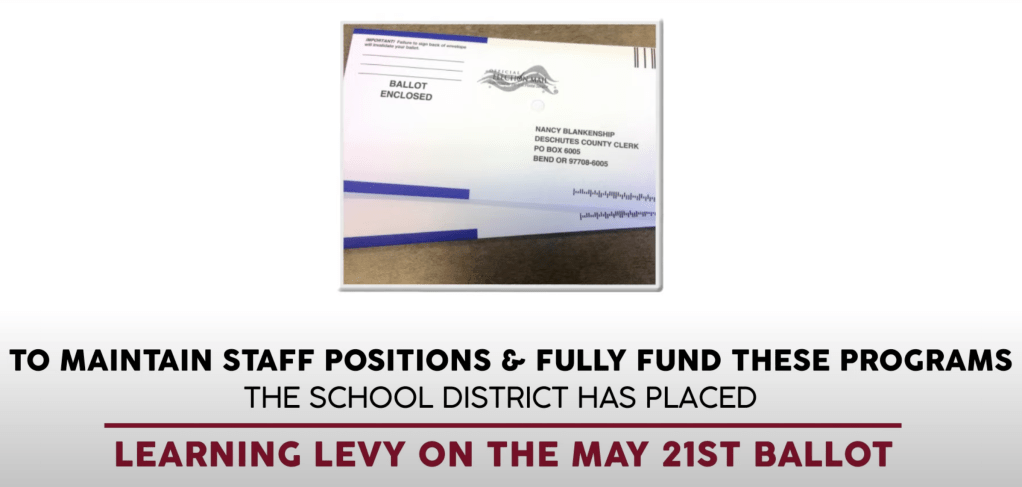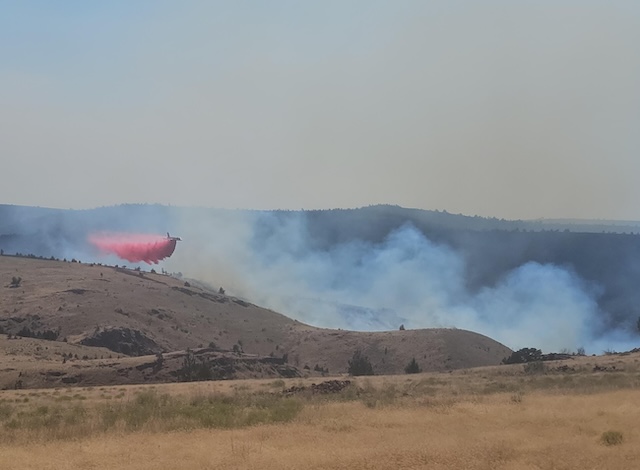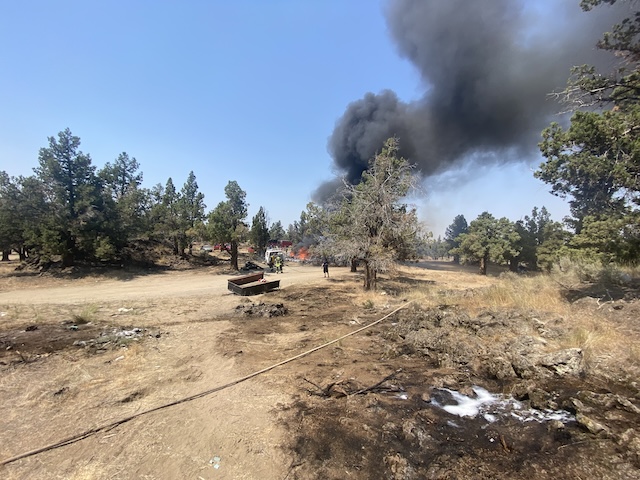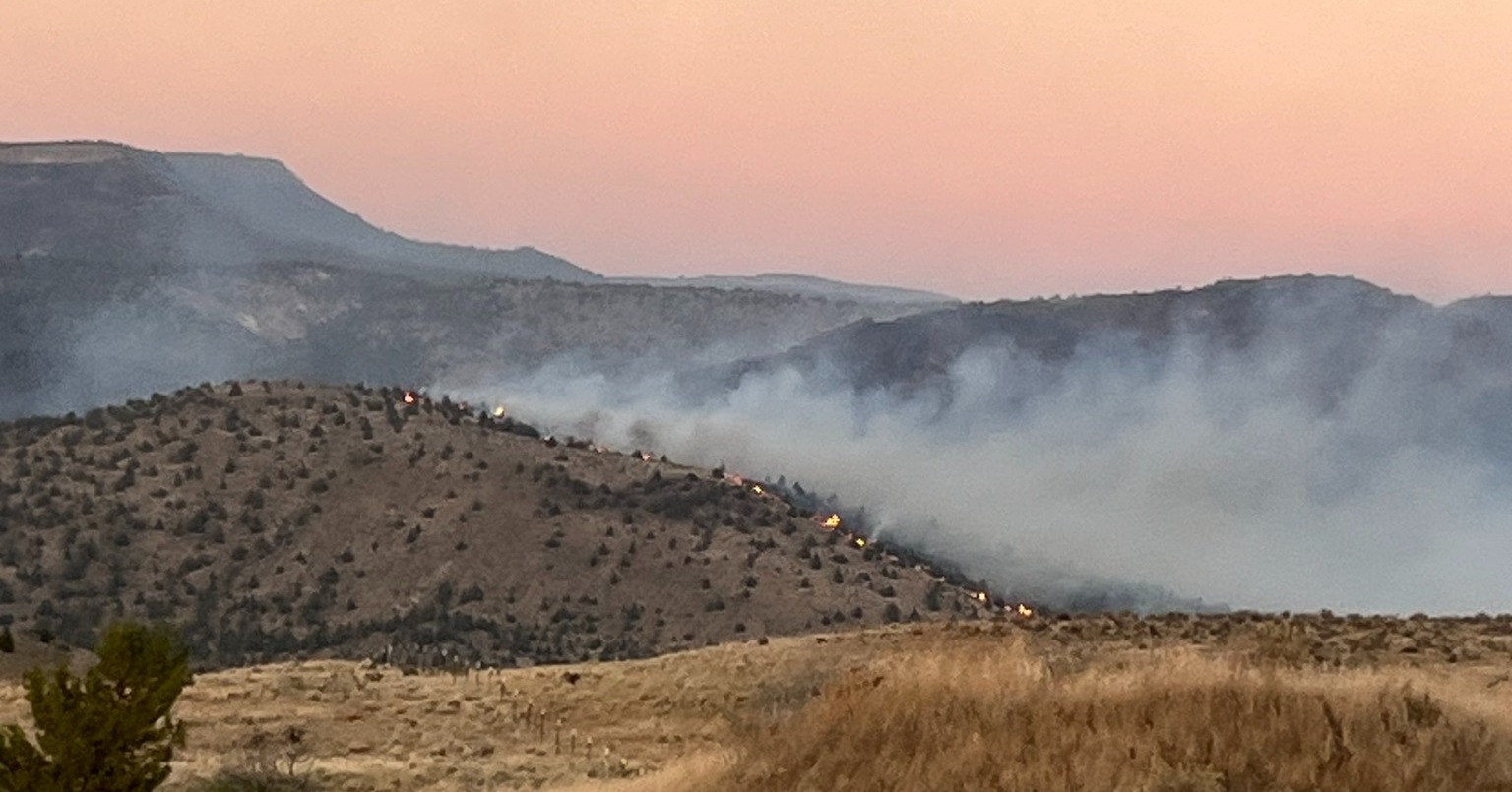Editorial: Why did the levy for the Bend-La Pine Schools do so lousy?
Published 5:00 am Tuesday, May 28, 2024

- Screenshot from a video from Bend-La Pine Schools about the levy.
The levy for Bend-La Pine Schools did lousy in the May election. It was not close. Unofficial initial returns had 57% of voters saying: “No thank you.”
There are many theories as to why the levy failed. The district was asking for too much. People questioned how well the district is spending money now. Enrollment is dropping, so why does the district need more money? People were unhappy about things they heard about the district — disappointing graduation rates, too much emphasis on inclusion, too little emphasis on discipline. There’s unsettling inflation and the slow trudge up of property taxes. Other government fees and costs are going up, such as Bend’s fire levy and the city’s new transportation fee.
Trending
We could list more, though, we have no way to test them. The rout at the polls will always have a bit of mystery.
What we can do is look back at the district’s polling by Nelson Research and see if there is anything to suggest a levy would fail. Yes, with hindsight, it can be easy to see clues.
The district did two rounds of polling. The first set was done in mid-November 2023. Pollsters interviewed 474 registered voters in the district and the margin of error was believed to be 4.5%.
One question: “Do you believe the Bend-La Pine School district is on the right track, or headed in the wrong direction?” The percentage of responses were 31.9% “right track,” 37.8% “wrong direction” and 30.4% didn’t know.
You could look at the response in different ways. You could interpret it as the district needs help. Or you could interpret it to mean there may not be trust for the district to deal with more money. There is a similar question about if the district is adequately preparing students for success after graduation – total “yes” 43.2%, total “no” 38.8% and not sure or refused 17.9%.
The critical question was also asked: “Would you be willing to pay more in school property taxes to improve programs and educational opportunities for students at Bend-La Pine Schools” — 42.6% said “yes,” 40.3% said “no” and 17.1% were not sure or refused.
Trending
Support was slim.
Nelson Research did a second round of polling for the district in the early days of January, interviewing 428 registered district voters. The margin of error was believed to be 4.7%.
The way Nelson Research presented the data suggests a levy might pass. “Initial voter support is under 50%, but increases above 50% as voters learn about the features of the proposed levy,” the Nelson report says.
The polling analysis also recommended the district add features that tested well in polling. That is, indeed, what the district did.
At the end of the poll, after the polled voters learned more about what the district planned to do, there were encouraging results. A polling question was asked that somewhat matched what was on the ballot, including the $1 per $1,000 assessed value rate and some explanation of what the levy would pay for. The results were 51.4% said “yes” in varying degrees of certainty and 40% said “no” with 8.6% undecided.
There was also fairly strong support – just below 50% – for several of the possible arguments against the levy, such as “$300 per year extra for the average household is a steep price” and “in this economy I would not be able to afford an increase in my property taxes.” Anxiety about cost was real and substantial.
Polling is imperfect. It’s a snapshot of how people say they feel at a point in time. People might answer a pollster in a way that reflects how they want to be perceived, rather than how they feel when it comes time to vote themselves out of some money. The best poll is the actual vote, as they say.
Reading through the detailed polling results, it’s understandable why the school board would give the levy a try. The district and the school board are made up of people who want to help students. With more money, they believe they could help students more. But the polling results did suggest there were reasons a levy may fail, too.








